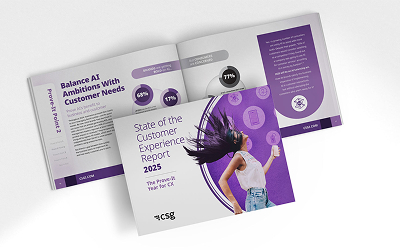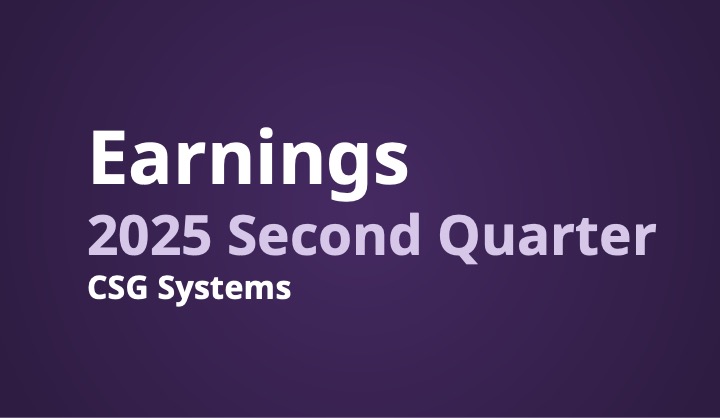Check Fraud Is on the Rise—Are You Ready?
A United States Postal Service employee was recently sentenced for stealing $24 million worth of checks—just one example of a growing financial crime that’s costing banks billions.
Check fraud is fast-growing threat. In 2024 alone, banks reported over 718,000 suspicious check fraud incidents. That’s nearly double from just three years ago. The problem isn’t going away. In fact, 46% of bank leaders say check fraud is one of their biggest security concerns for 2025, and financial institutions are ramping up their technology investments to stop fraud before it happens.
So, what’s driving this surge in check fraud—and more importantly, how can banks and credit unions protect their customers and bottom line?
The Growing Threat of Check Fraud
How Fraudsters Operate
Check fraud often starts with mail theft. Criminals intercept checks, gain access to account details and manipulate them through:
- Check washing – using chemicals to erase and alter check details
- Check cooking – digitally altering checks before printing counterfeit versions
These altered checks are then deposited by money mules, who withdraw the funds before the fraudulent activity is detected—leaving financial institutions to absorb hefty losses.
According to the Financial Crimes Enforcement Network (FinCEN), fraudsters most commonly:
- Alter stolen checks before depositing them (44% of cases).
- Use stolen checks to create counterfeit versions (26%).
- Forge signatures on stolen checks and deposit them (20%)
The Impact: Why Banks Can’t Ignore Check Fraud
Even as digital payment use grows, checks remain a major target for fraud. Nearly 61% of Americans still use checks, and banks are financially responsible when fraud occurs.
For Financial Institutions, the Risks Are High
- Financial losses – In just three quarters of 2023, Regions Financial Corp., a major U.S. bank, lost $135 million to check fraud. Truist, the nation’s eighth-largest bank, reported a $33 million increase in fraud-related losses in a single quarter.
- Regulatory pressure – Banks must comply with Bank Secrecy Act (BSA) and Anti-Money Laundering (AML) regulations, requiring extensive fraud monitoring, reporting and security investments.
- Reputational damage – Fraud damages trust. When customers experience fraud-related disruptions, they’re more likely to switch banks, leave negative reviews or escalate complaints.
For Customers, the Impact Is Personal
- Delayed access to funds – Checks flagged for fraud may be held for review, leaving customers without access to their money.
- Overdraft and penalty fees – Fraudulent withdrawals can trigger non-sufficient fund (NSF) fees, overdrafts and late payment penalties on critical bills.
- Bounced payments and financial stress – Unauthorized withdrawals can drain accounts before customers realize what’s happened, causing declined transactions and financial hardship.
5 Ways Banks Can Stop Check Fraud Before It Happens
The key to reducing check fraud isn’t just detecting fraud—it’s preventing it before customers are impacted. Here’s how banks can move from reactive fraud detection to proactive fraud prevention:
1. Strengthen Customer Identity Profiles
Real-time, dynamic profiles help differentiate trusted customers from potential fraudsters. Banks should monitor:
✔ Changes in check deposit patterns
✔ Unusual withdrawal activity
✔ Accounts with a history of fraudulent transactions
2. Identify and Block Money Mule Accounts
Fraud networks rely on money mules to move stolen funds. Using network analysis and artificial intelligence (AI), banks can detect:
✔ Frequent large deposits followed by rapid withdrawals
✔ New accounts used exclusively for check deposits and withdrawals
✔ Sudden transaction pattern shifts linked to fraud rings
3. Use AI-Powered Fraud Detection
Machine learning and decisioning help flag suspicious transactions, including:
- New customers depositing large or frequent checks
- Sudden check deposits followed by rapid fund transfers
- Established customers making non-characteristic large withdrawals
4. Confirm Suspicious Transactions Immediately
If a check triggers a fraud alert, immediate customer verification can prevent financial loss. Banks should:
- Send automated text alerts asking customers to confirm high-risk transactions.
- Use outbound interactive voice response (IVR) calls to verify unusual check deposits.
- Provide real-time notifications through mobile banking apps.
5. Improve Fraud Response and Customer Communication
When fraud does occur, fast action is critical. Banks should:
✔ Notify customers immediately about unauthorized transactions.
✔ Provide real-time fraud updates to contact center agents.
✔ Offer self-service fraud reporting and resolution options.
What’s Next? Fighting Fraud with Smarter Customer Engagement
Check fraud isn’t just a security issue—it’s a customer experience issue. When fraud happens, customers expect:
✔ Immediate alerts and clear next steps
✔ Fast, hassle-free resolution
✔ Their bank to actively protect their money
Financial institutions that invest in real-time fraud response and proactive customer engagement will not only reduce fraud losses—they’ll build stronger, more trusting customer relationships.
How CSG Xponent Helps Banks Respond Faster to Fraud
While fraud detection tools are essential, how banks communicate with customers during fraud events is just as critical. CSG Xponent helps financial institutions:
- Notify customers the moment fraud is suspected—through text, email, push notifications or automated calls.
- Empower customers to take action immediately, confirming legitimate transactions or blocking fraudulent ones in real time.
- Give contact center agents real-time fraud insights, ensuring faster resolution and a better customer experience.
By enabling effortless, real-time fraud communication, CSG Xponent helps banks reduce financial losses, prevent unnecessary account disruptions and strengthen customer trust—without adding friction to the customer journey.
Take Action Against Check Fraud
Learn how CSG Xponent helps banks respond to fraud faster and improve customer experience. Contact us today to explore best practices in proactive fraud communication.











